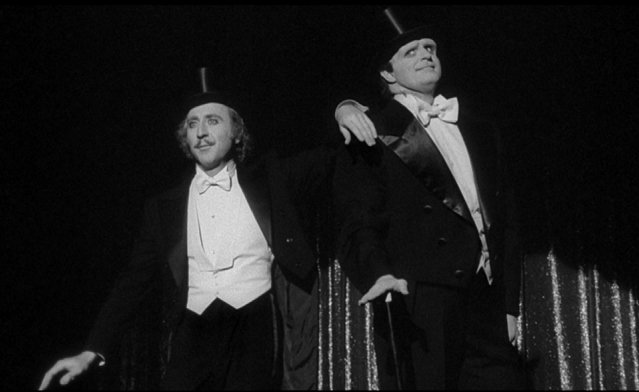
The “willed body donor program” at the GW School of Medicine & Health Sciences sees the college utilize 30 to 40 cadavers in anatomy classes each year, with staff tasked with maintaining a list of identities, so the remains can be returned to the respective families.
“The program’s operating procedures were inconsistently followed and there was a lack of appropriate oversight of the program,” Anne Banner, a spokeswoman for the medical school, told the Washington Post.
In a statement on its website, med school dean Jeffrey S Akman said the person responsible for managing the donor program was “no longer employed by the university.”
He added the clerical procedures had been taken over by his office and the affected families are being notified.
“I was shocked,” Eileen Kostaris, who is waiting for her grandmother’s remains to be returned, told the newspaper. “I don’t even know what to say. I just couldn’t believe it. It’s horrible.”
“My 12-year-old son said to me, ‘Mom, you’ll never know — they could just hand you a bag of rocks and say here it is and you’ll never know for sure,'” Kostaris said. “And he’s right.”
Anyone who has seen the classic Mel Brooks film “Young Frankenstein” will know that mixing up the identities of cadaver parts can lead to horrible, yet hilarious results.
ATTENTION READERS
We See The World From All Sides and Want YOU To Be Fully InformedIn fact, intentional disinformation is a disgraceful scourge in media today. So to assuage any possible errant incorrect information posted herein, we strongly encourage you to seek corroboration from other non-VT sources before forming an educated opinion.
About VT - Policies & Disclosures - Comment Policy



